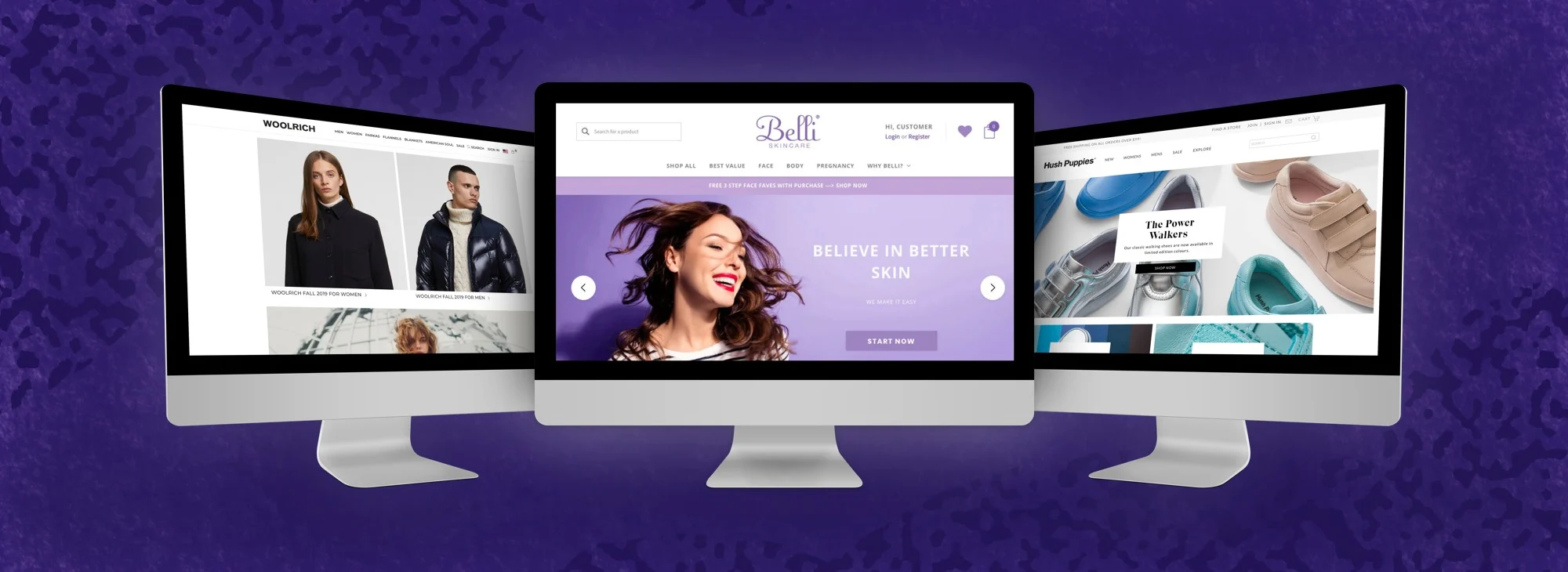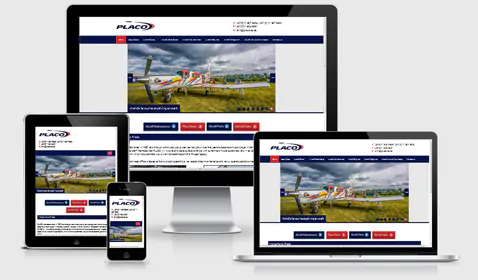How to Choose the Right Website Design for Your Business or Personal Brand
How to Choose the Right Website Design for Your Business or Personal Brand
Blog Article
Modern Website Layout That Catches Interest and Transforms
In an increasingly digital landscape, modern-day internet site layout has become a critical factor in capturing individual focus and driving conversions. By purposefully employing aesthetic pecking order, responsive formats, and engaging interactive aspects, designers can develop experiences that not only bring in site visitors but additionally help with purposeful interactions. Moreover, efficient call-to-action strategies play a vital function in guiding individuals toward wanted outcomes. As we check out these necessary components, it ends up being clear that recognizing their interplay can dramatically impact a web site's efficiency and user satisfaction. What are the crucial components that truly make a difference?
Importance of Visual Hierarchy
Visual power structure is a crucial component in site layout, as it overviews customers' attention and enhances their total experience. By strategically arranging web content, designers can guide users to the most crucial details first, therefore enhancing interaction and improving functionality.
Integrating a rational circulation in material setup is crucial; for example, putting one of the most vital details on top of a page promotes prompt recognition. Constant usage of typography, such as differing font dimensions and styles, assists develop a clear content structure. This organization not just help in navigating yet also builds trust fund, as customers feel much more comfortable when they can easily discover what they are seeking.
Eventually, a well-executed aesthetic power structure not just boosts aesthetic appeal but also considerably affects customer actions. By focusing on necessary elements and ensuring a seamless experience, designers can efficiently convert visitors into customers, reinforcing the importance of this foundational layout concept in contemporary site advancement.
Responsive Style for All Gadgets
Producing a seamless experience across numerous tools is important in today's digital landscape, where users access internet sites from desktop computers, smartphones, and tablet computers alike. Responsive design is an important method that ensures internet sites adjust fluidly to different display sizes, resolutions, and orientations. By utilizing flexible grids, images, and CSS media questions, designers can develop formats that maintain aesthetic integrity and functionality, despite the gadget being made use of.
The importance of responsive layout expands beyond visual appeals; it directly influences individual involvement and conversion rates. A website that works well on all devices motivates longer visits and minimizes bounce rates, as individuals are more probable to connect with content that is very easy to navigate. Search engines, particularly Google, prioritize mobile-friendly websites in their rankings, making responsive style an essential component of search engine optimization (SEO)
Including receptive design not only boosts customer experience but additionally streamlines the advancement procedure. By creating a single website that functions throughout tools, companies can save time and resources contrasted to creating different mobile and desktop computer versions. Ultimately, responsive style is a basic strategy for modern site style, ensuring ease of access and fulfillment for all individuals, no matter of their gadget.
Engaging Interactive Aspects
While a receptive layout lays the foundation for a useful internet site, including appealing interactive aspects is critical for recording customer focus and promoting deeper connections. Website Design. Interactive elements, such as computer animations, tests, and clickable infographics, produce a much more dynamic user experience, urging site visitors to spend more time on the website
Including interactive attributes can likewise direct users via facility info, making it simpler to digest content. Interactive sliders can illustrate product variations, while embedded videos can provide demos or testimonies that reverberate more than static images or message. Gamification techniques, like incentives for engaging or finishing jobs with material, can enhance customer motivation and retention.
Efficient use interactive elements not just enriches the individual experience but can likewise lead to greater conversion prices. By making interactions pleasurable and helpful, organizations can cultivate a feeling of loyalty and depend on with their audience. It is crucial to balance interactivity with efficiency; overly complicated attributes may impede site speed, negatively impacting user fulfillment. Ultimately, incorporating well-designed interactive aspects can considerably boost a web site's efficacy, driving interaction and conversions in today's competitive electronic landscape.
Streamlined Navigating Practices
Reliable navigating is a keystone straight from the source of any kind Go Here of effective web site, as it straight influences individual experience and content availability. Structured navigating techniques ensure that individuals can easily find info, enhancing their interaction with the website. A well-structured navigating food selection ought to be intuitive and straightforward, normally featuring a limited number of main classifications to stay clear of frustrating site visitors.
To accomplish streamlined navigating, developers must focus on a hierarchical framework that practically organizes content. Implementing breadcrumb routes can give individuals with context about their current area within the website, enabling for seamless backtracking. In addition, using drop-down menus can properly save space while still providing access to subcategories.
Receptive design is crucial, as navigating should be useful throughout all devices (Website Design). Mobile users, in specific, advantage from touch-friendly menus and collapsible sections that preserve functionality without endangering visual appeals

Efficient Call-to-Action Strategies
A well-crafted call-to-action (CTA) is important for leading individuals toward preferred outcomes on a website, as it urges them to engage with web content or purchase. To optimize their efficiency, CTAs ought to be clear, compelling, and tactically put throughout the site.
First, use action-oriented language that interacts urgency or worth, such as "Begin," "Join Now," or "Claim Your Discount." This language not only motivates customers but additionally sets clear assumptions concerning the next steps.
2nd, consider design aspects; CTAs ought to stand out visually via contrasting shades, sufficient whitespace, and noticeable positioning. A button that is easy to see and click boosts look at this now the chance of user interaction.
Furthermore, individualizing CTAs based upon user behavior or demographics can dramatically enhance engagement. Tailored messages resonate a lot more with customers, driving greater conversion prices.

Conclusion
To conclude, modern-day website design highlights the assimilation of aesthetic pecking order, receptive layouts, engaging interactive aspects, structured navigating, and efficient call-to-action approaches. These components collectively enhance individual experience, making sure that site visitors continue to be involved and motivated to explore content even more. By focusing on these layout concepts, companies can dramatically improve user retention and conversion rates, ultimately resulting in better success in the digital landscape. The constant advancement of internet design emphasizes its vital role in effective online communication and marketing.
In a progressively digital landscape, modern website design has actually arised as a crucial factor in recording customer focus and driving conversions.Aesthetic power structure is an important aspect in site layout, as it overviews users' focus and improves their general experience.The significance of responsive layout expands past aesthetics; it straight affects individual engagement and conversion prices.Incorporating receptive style not just improves individual experience but additionally streamlines the growth process. Inevitably, responsive layout is a fundamental approach for modern internet site design, making certain availability and satisfaction for all individuals, no matter of their gadget.
Report this page